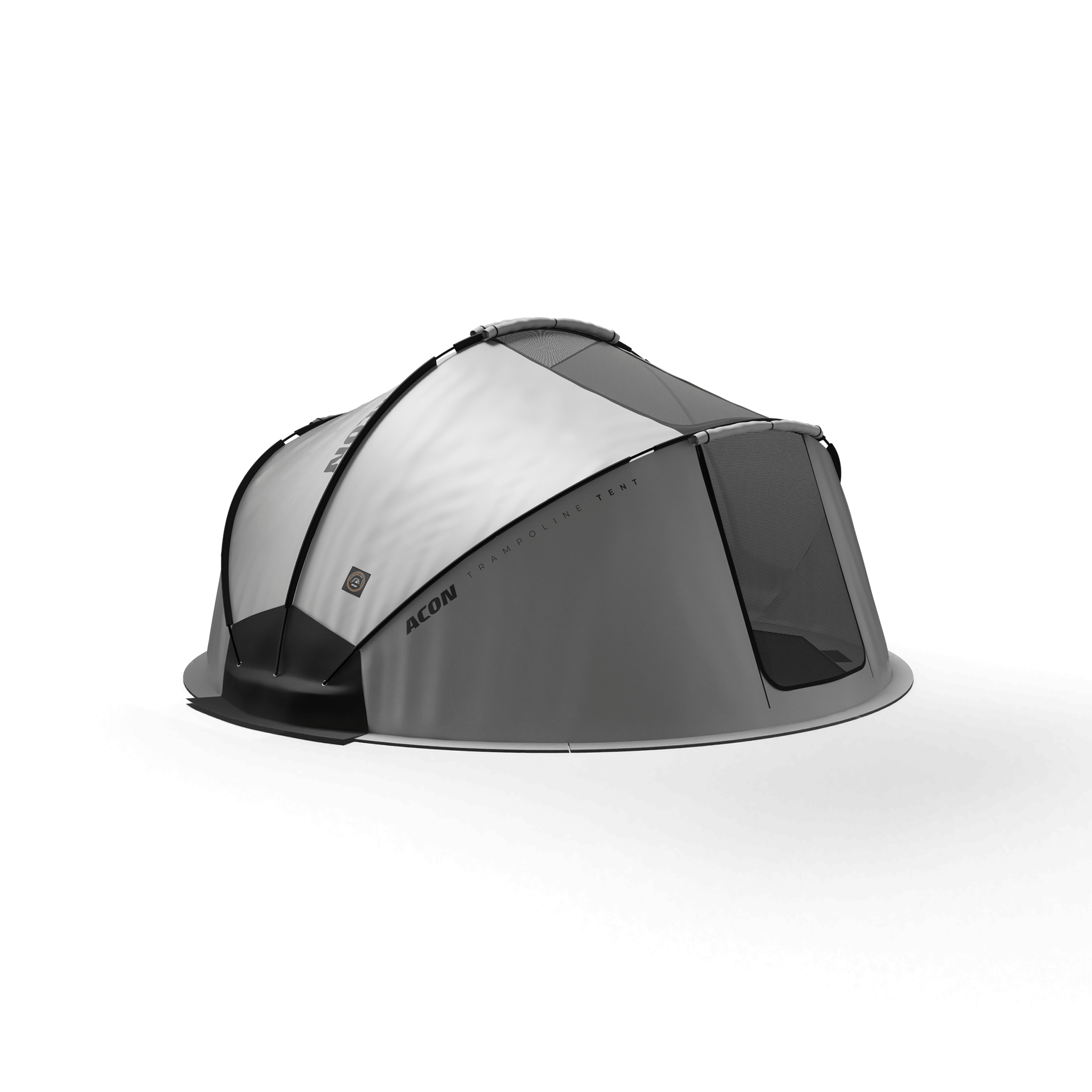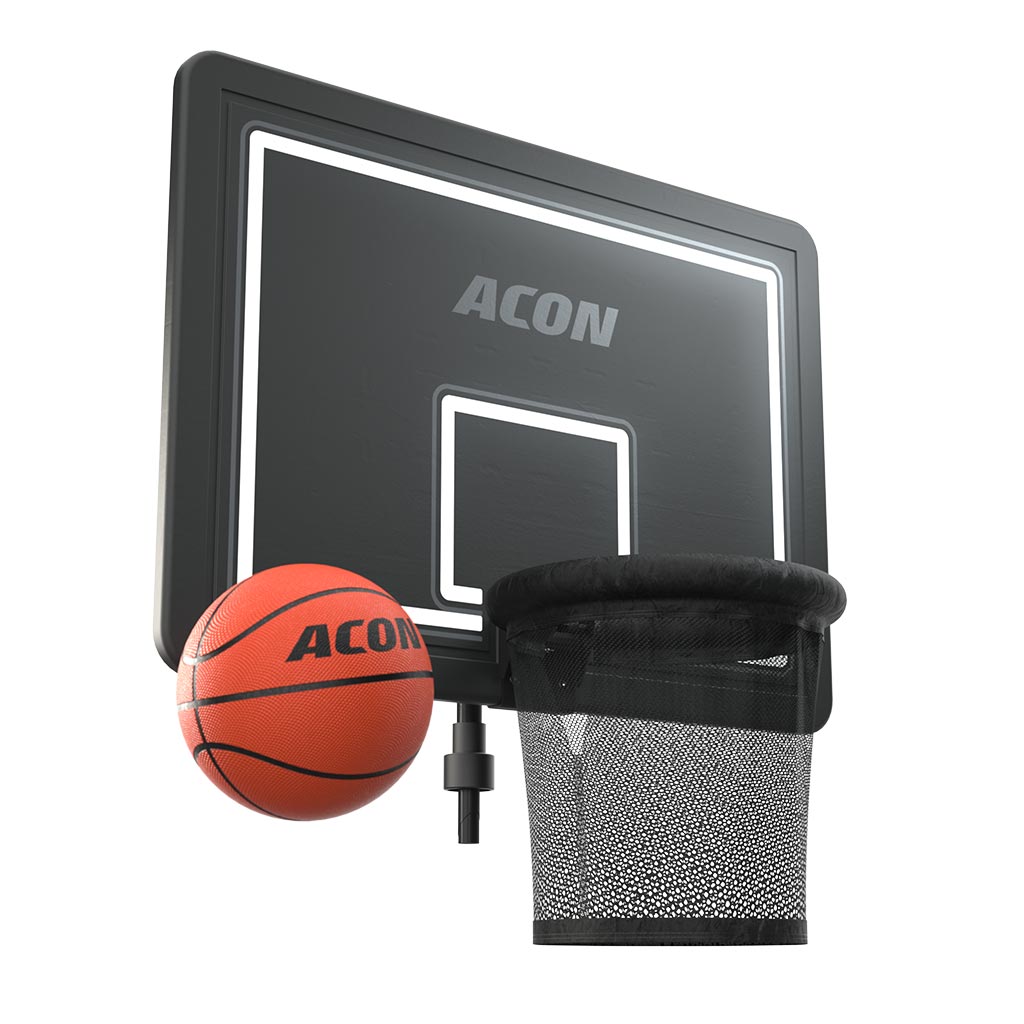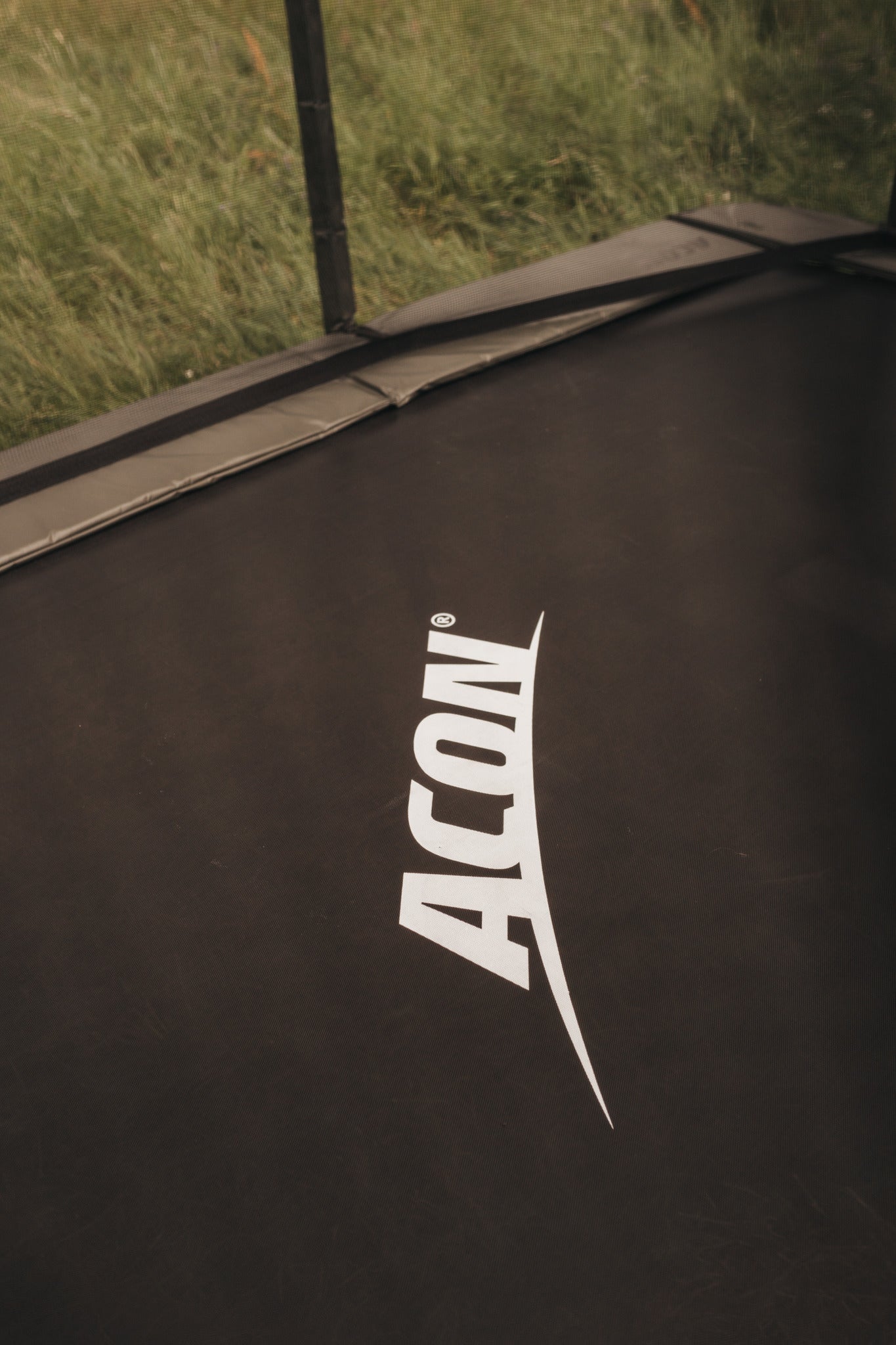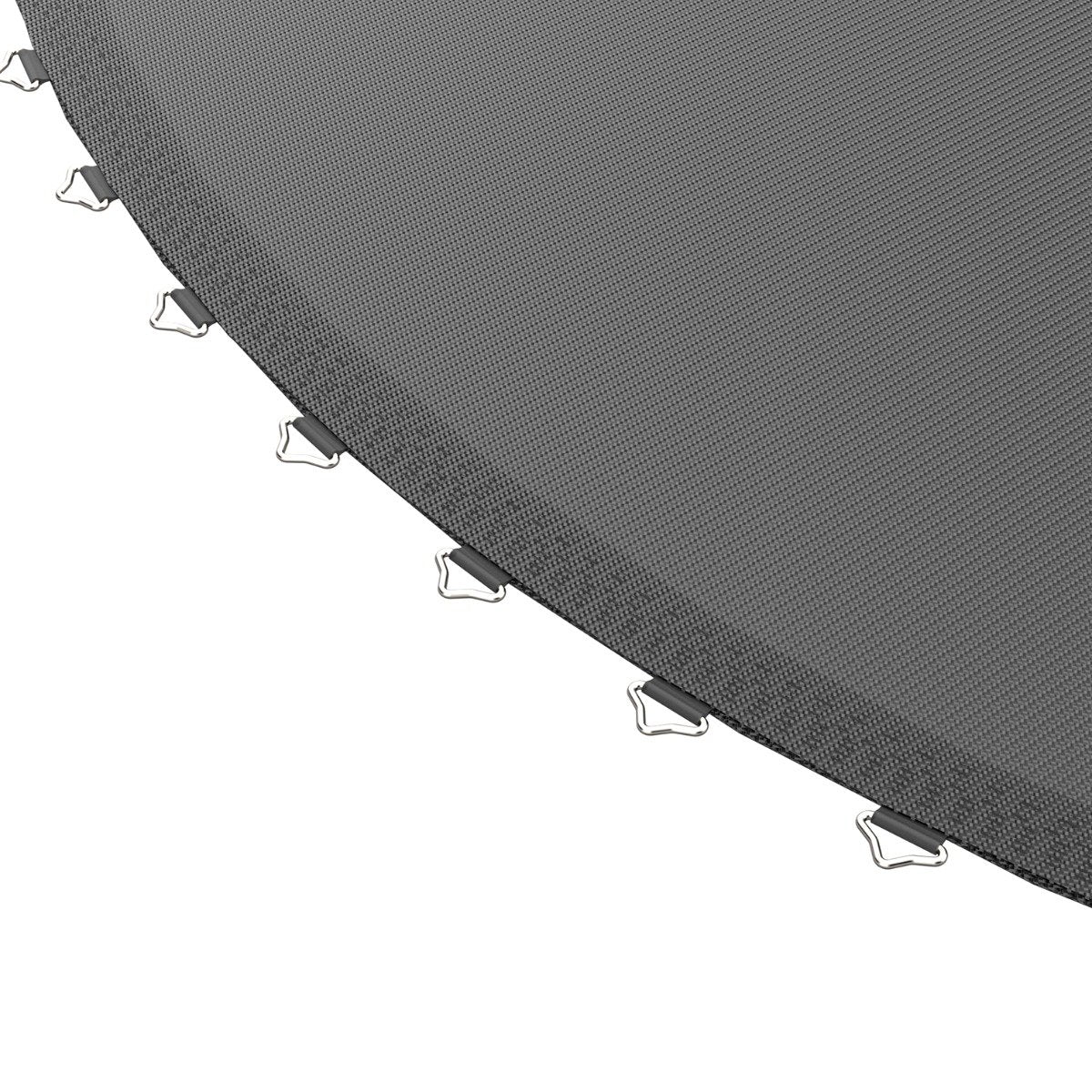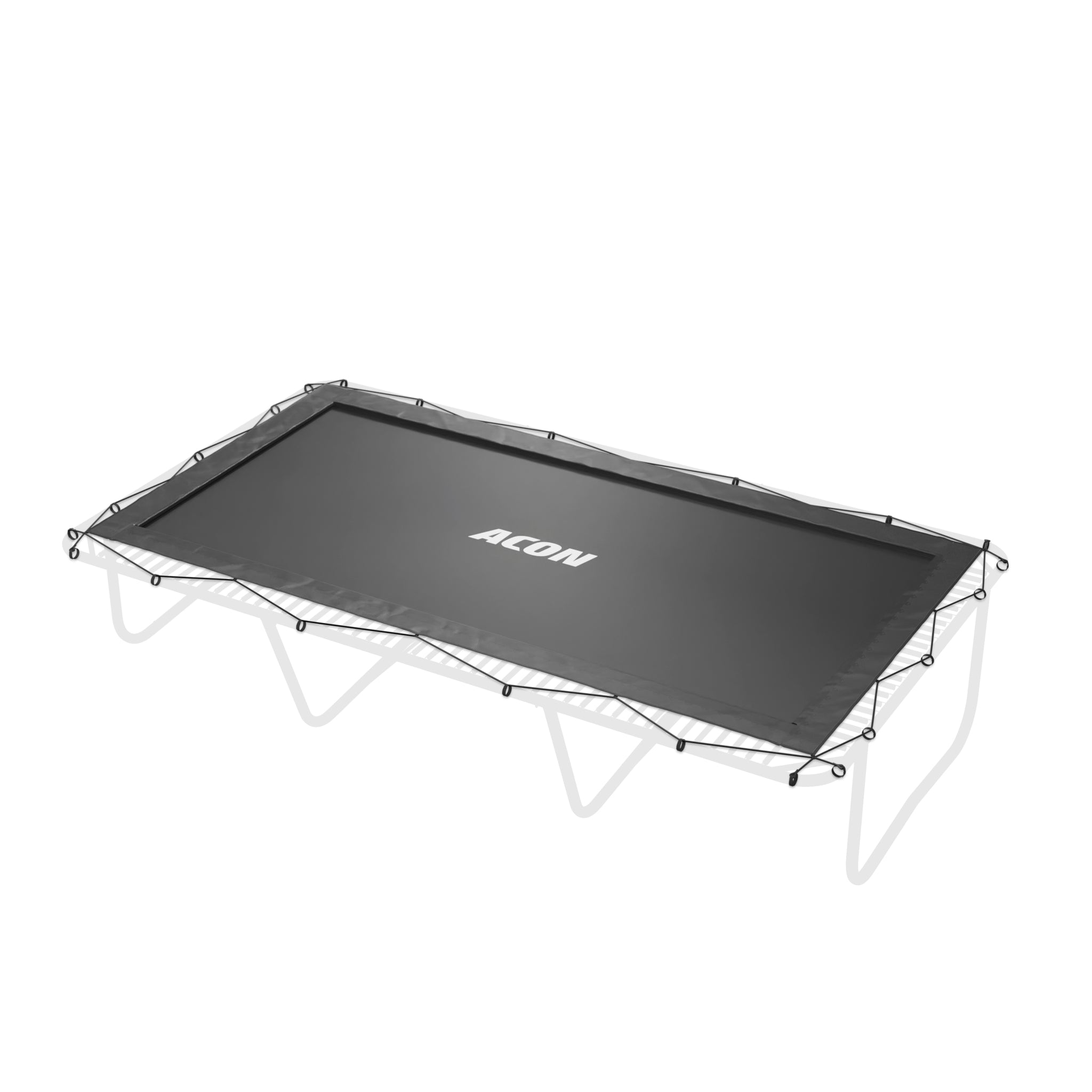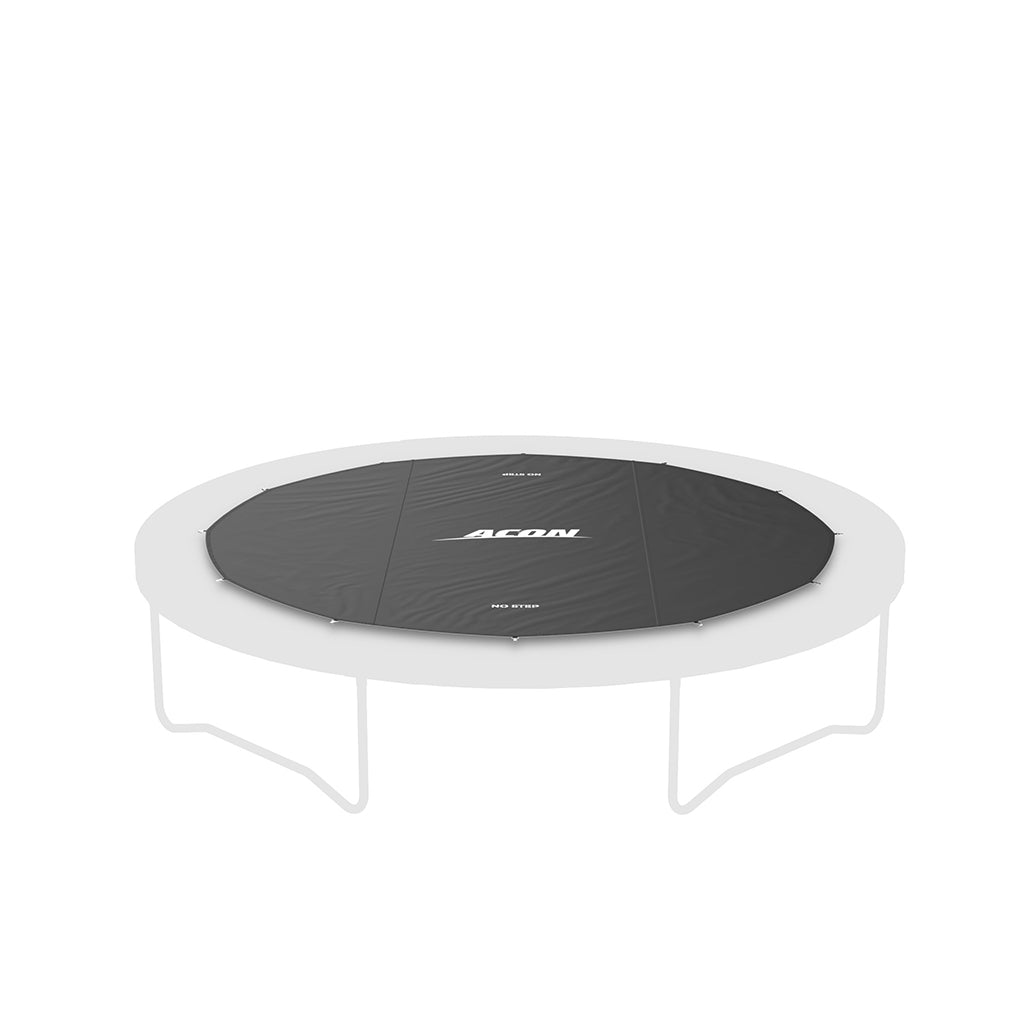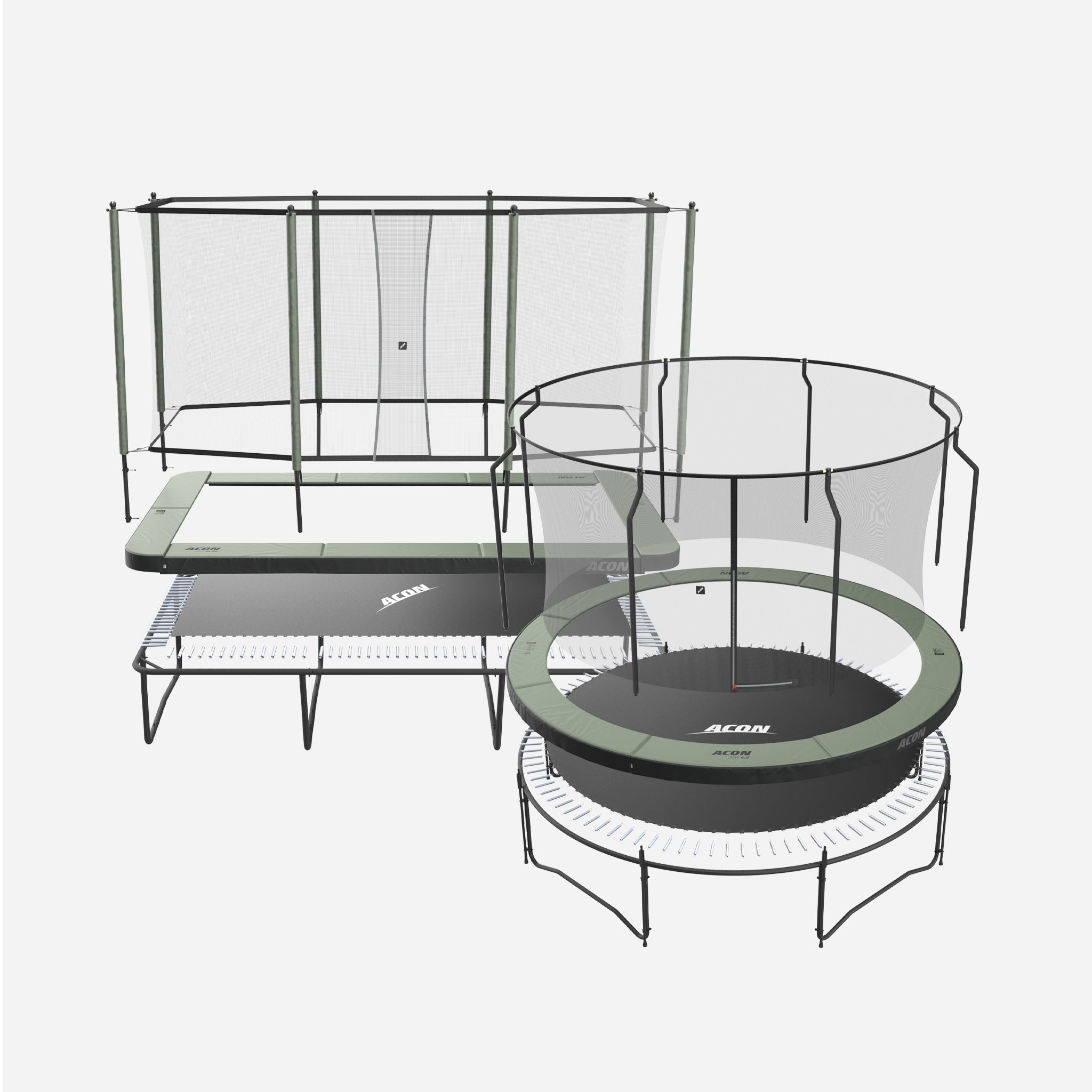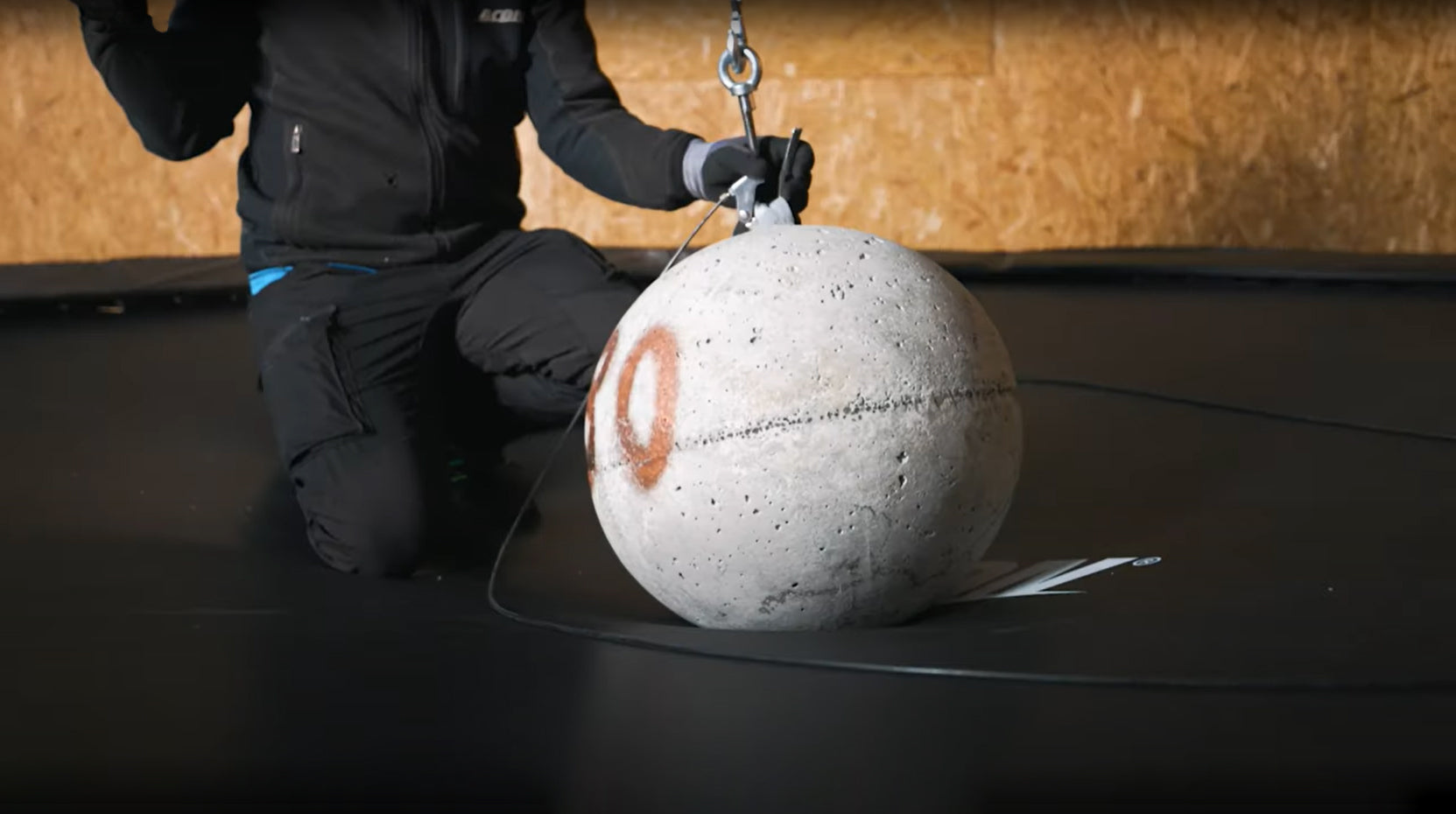Distributacon Inc.
1250 Wayzata Blvd E Unit 1127,
Wayzata, MN 55391, USA
Any trampoline mat, no matter how durable, can in theory develop holes due to wear and tear or even accidental damage. While this may seem like a daunting problem to tackle, there are safety-approved ways to fix a hole in your trampoline mat. They will give you the opportunity to restore the trampoline's functionality and safety - without giving you a headache.
Two safe ways for fixing a hole in a trampoline
Before deciding whether to patch or replace your trampoline mat, carefully inspect it for signs of damage. Things to watch out for are holes, tears, frayed edges, or weak stitching that may compromise its structural integrity. To repair or replace your trampoline mat, gather the following tools beforehand, including: a tape measure, scissors or utility knife, patch kit (if repairing), or replacement mat (if replacing). Zip ties are optional, but might be useful.
Patching a trampoline
To patch a trampoline, you need to assess the damage and the size of the hole. Ensure the patch is large enough to properly cover each identified tear in the trampoline mat. To patch the trampoline, it’s better to have two people, one who can watch from above and direct, as well as the person who does the patching from underneath.
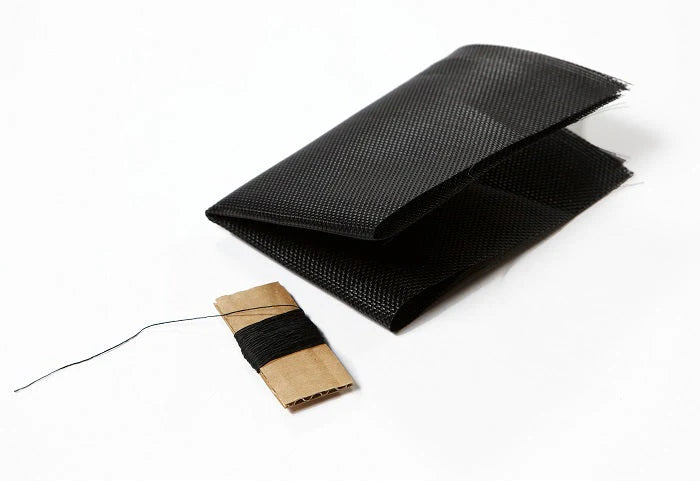
Step 1: Get a Trampoline Repair Kit
Before you begin your mat repair,you’re going to need a trampoline repair kit. Acon’s Trampoline Repair Kit is designed to repair small holes or rips that are up to around 2 inches.
Step 2: Sew the Patch
Cut in a circular shape, the piece should be sewn on from underneath the trampoline mat. The process should be completed by hand, with a needle. Sew around the hole 5 times to secure the piece of mat correctly.
Step 3: Get Some Help
Two people are better than one when it comes to fixing a hole in the trampoline. If you are beneath the trampoline, sewing the patch into place, it’s best to have someone above the trampoline who can supervise and guide your process - to make sure it’s being done right. If the hole is beyond home-repair, enlist the help of a professional or consider buying a new mat.
Buying a new trampoline mat
In some cases where extensive damage is present throughout the mat's surface or if patches haven't been effective enough, it might be necessary to replace the entire trampoline mat. Replacing the mat is a straightforward process that you can easily accomplish with some basic tools and a little guidance.
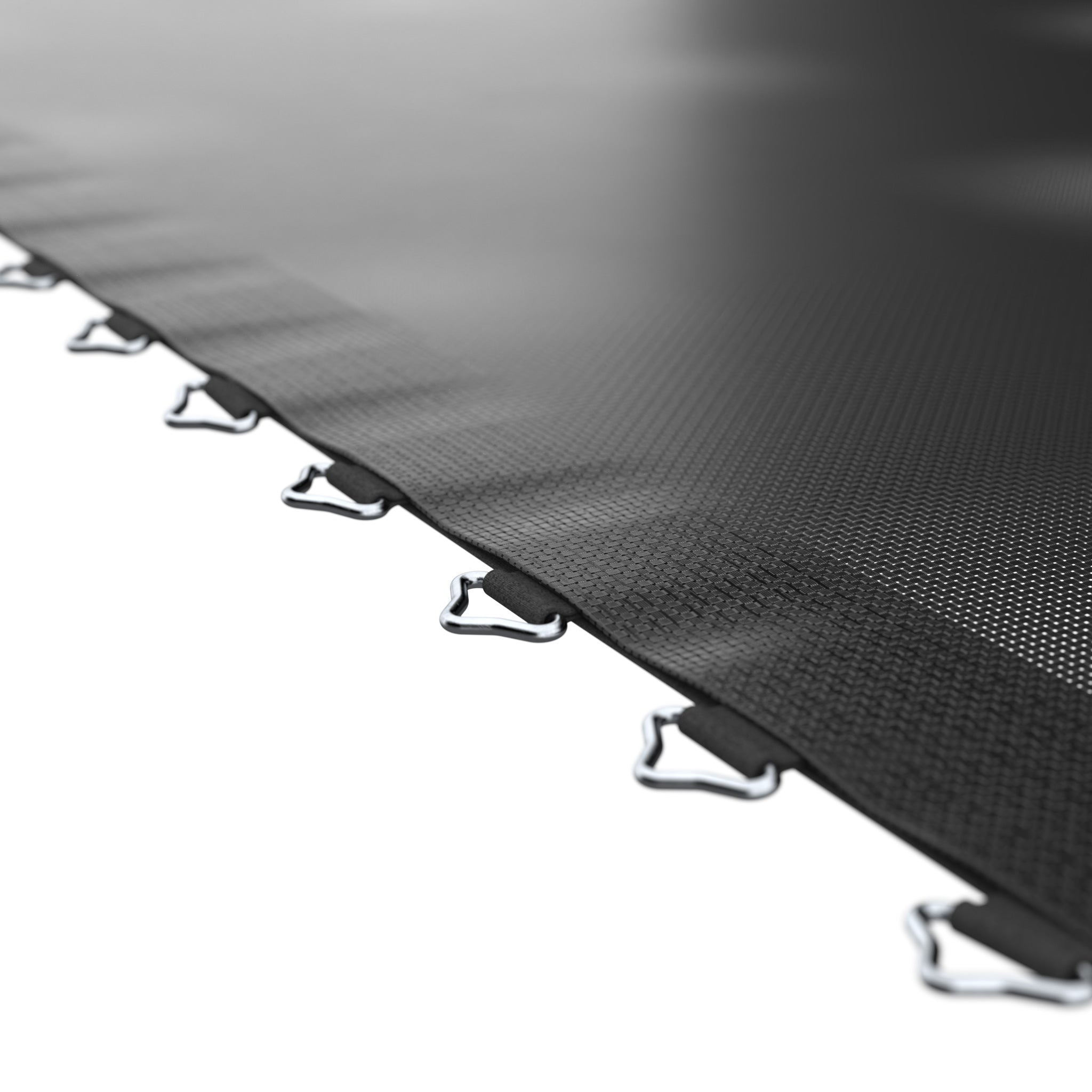
Step 1: Get a new mat
Acon Air Trampoline mats come in round or rectangle shapes, with multiple sizes available depending on what your trampoline needs. The high-quality, cross-sewn, and UV-treated polypropylene makes our mats durable. Although designed for Acon Air trampolines, they also fit other trampoline brands with the same diameter, spring count, and spring length.
Step 2: Inspect the new Mat
When the mat arrives and before you replace your old one, make sure the new one has no apparent flaws or faults. Inspect the new mat carefully. Once the mat is on the trampoline, it’s a lot more difficult to begin the process again.
Step 3: Assemble
Before starting, ensure that you have all the required tools and materials ready. Find an open space where you have ample room to work around the trampoline. Carefully remove any possible retaining straps or clips that secure the old mat in place.
Once released, start removing springs in a systematic manner by using either your hands or a spring pull tool if available. Work gradually around the perimeter until all springs are detached from both sides. Enlist some help to make the job faster and for less mistakes. Make sure to follow our assembly manuals for clear visual and text instructions on how to assemble your replacement trampoline mat.
About using flex tape or other unofficial methods
Using flex tape or unofficial methods to repair a trampoline can pose serious safety hazards. These quick-fix solutions often lack the necessary strength and durability required to withstand the constant bouncing and weight exerted on the trampoline. Improper repairs could lead to further damage and increased risks of accidents. Put simply - it's not worth it. Trampoline safety is a priority, and there are safety-approved ways to go about fixing a hole in your trampoline.
Best tips for trampoline mat maintenance
ACON has an extensive and highly popular blog article regarding Trampoline Care and Maintenance. For more extensive tips and tricks, please see the article.
However, here are a few tips to take care of your new (or repaired) trampoline mat:
- Keep the mat clean and dry. This can be achieved by regularly sweeping off any debris and wiping it down with a damp cloth. Also, remember to use a soft brush or broom to gently sweep away loose dirt. Avoid using harsh chemicals that can damage the material. It is also important to keep the mat dry. If you want to take extra measures to protect the mat from debris, we recommend getting ACON's trampoline weather cover.
- Avoid using or putting any sharp items on the mat. Not only can sharp items cause holes and rips to the mat, but they also are a serious safety hazard.
- Do occasional inspections to check that the trampoline and its mat are safe to use. Check for any tears, holes, or frayed stitching that could compromise the integrity of the mat. Replace the mat if any damage is found.
FAQs on patching a trampoline
Can I fix a hole in a trampoline?
Yes, in many cases, it is possible to fix a hole in a trampoline. The method used to fix the hole will depend on the size and location of the hole, as well as the type of trampoline.
Is a hole in a trampoline bad?
A hole in a trampoline can pose several risks that may compromise safety during use. It’s important to address any holes quickly, and in a safety-approved way.
Can a trampoline mat be patched?
If you notice small holes in your trampoline mat, they can usually be patched relatively easily.


